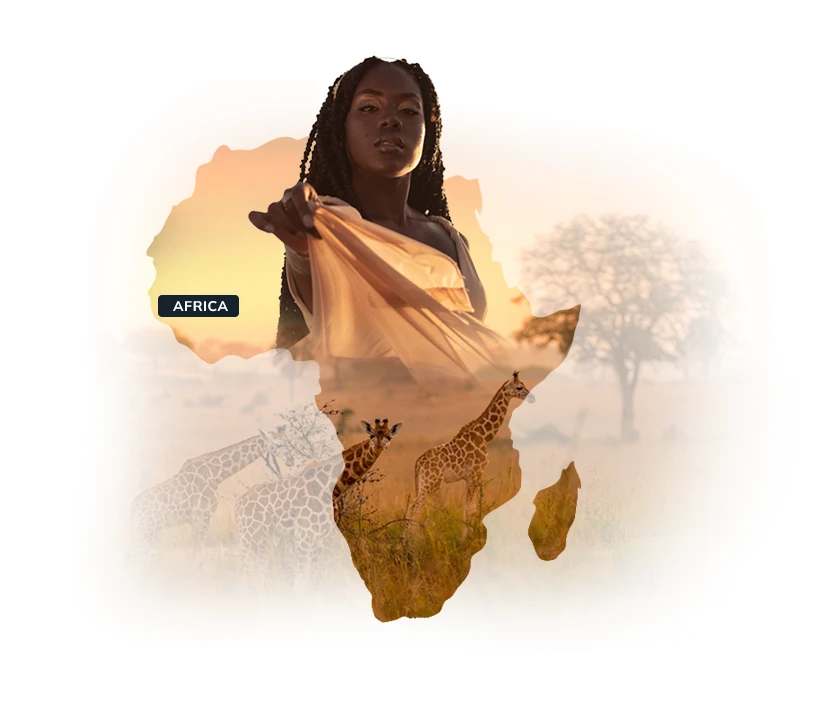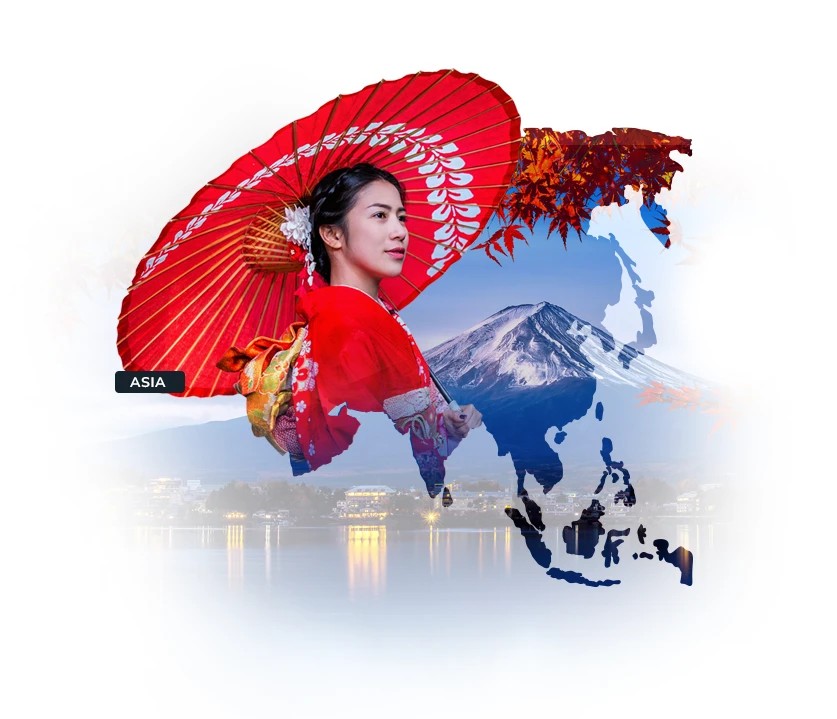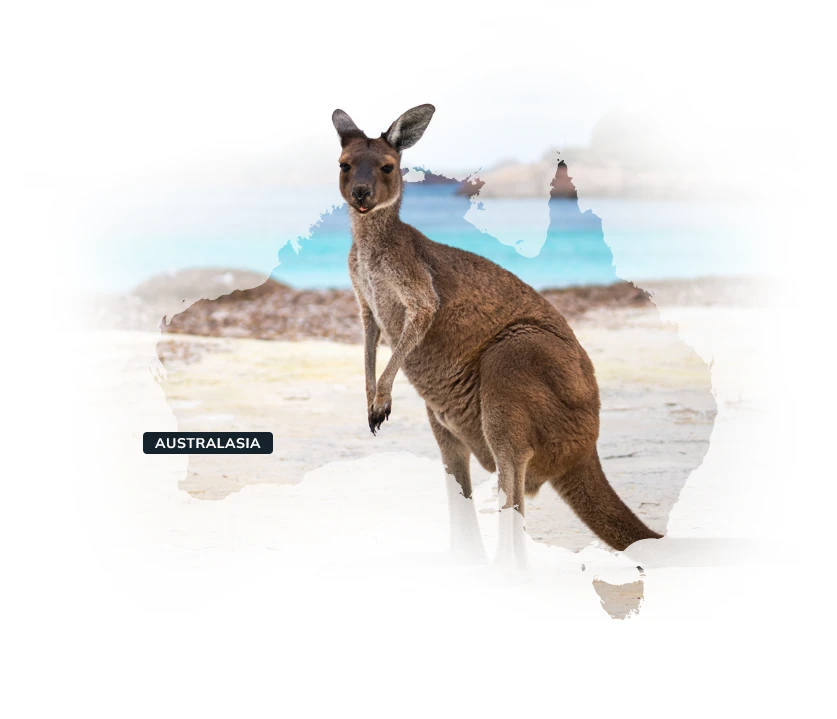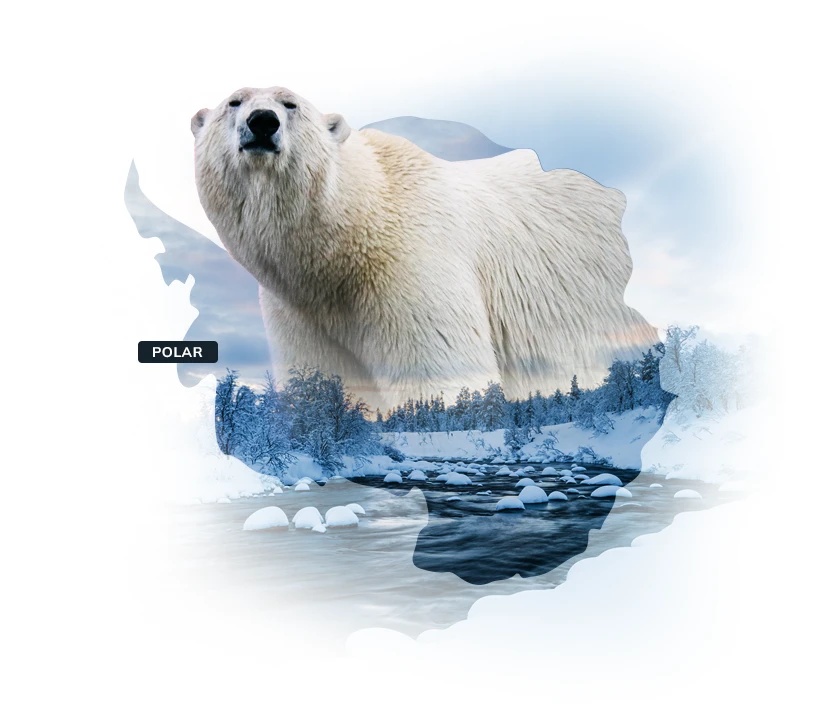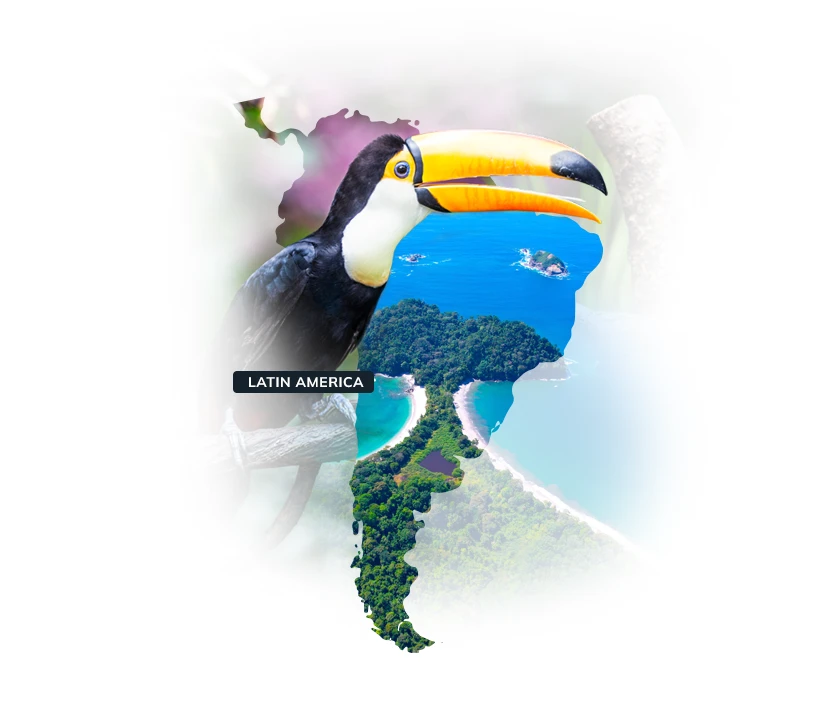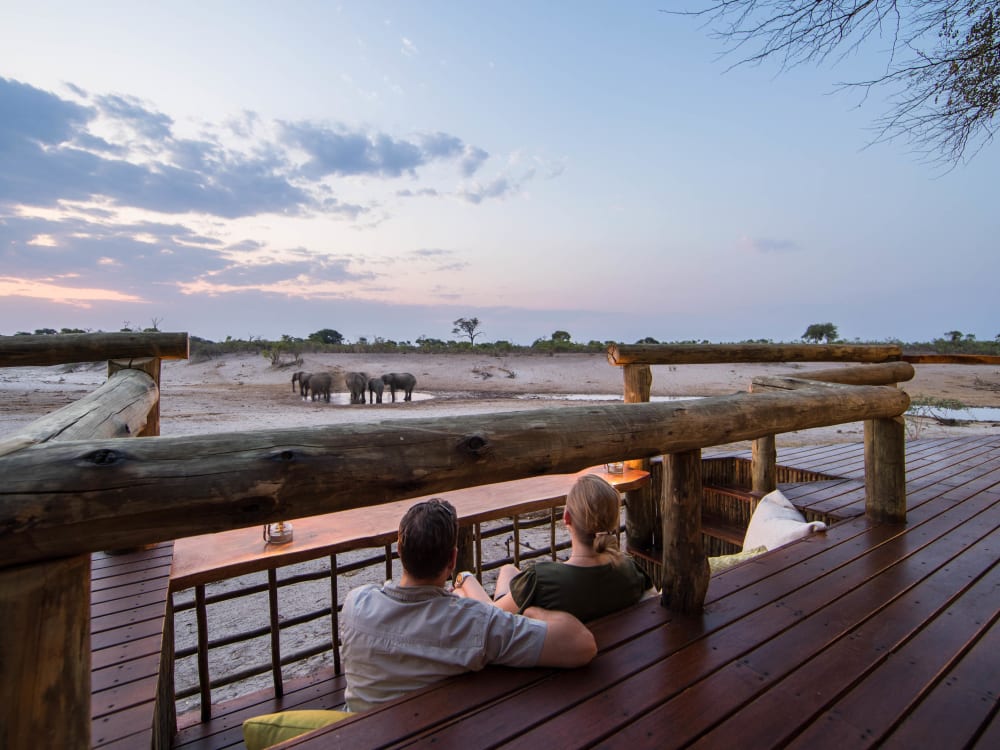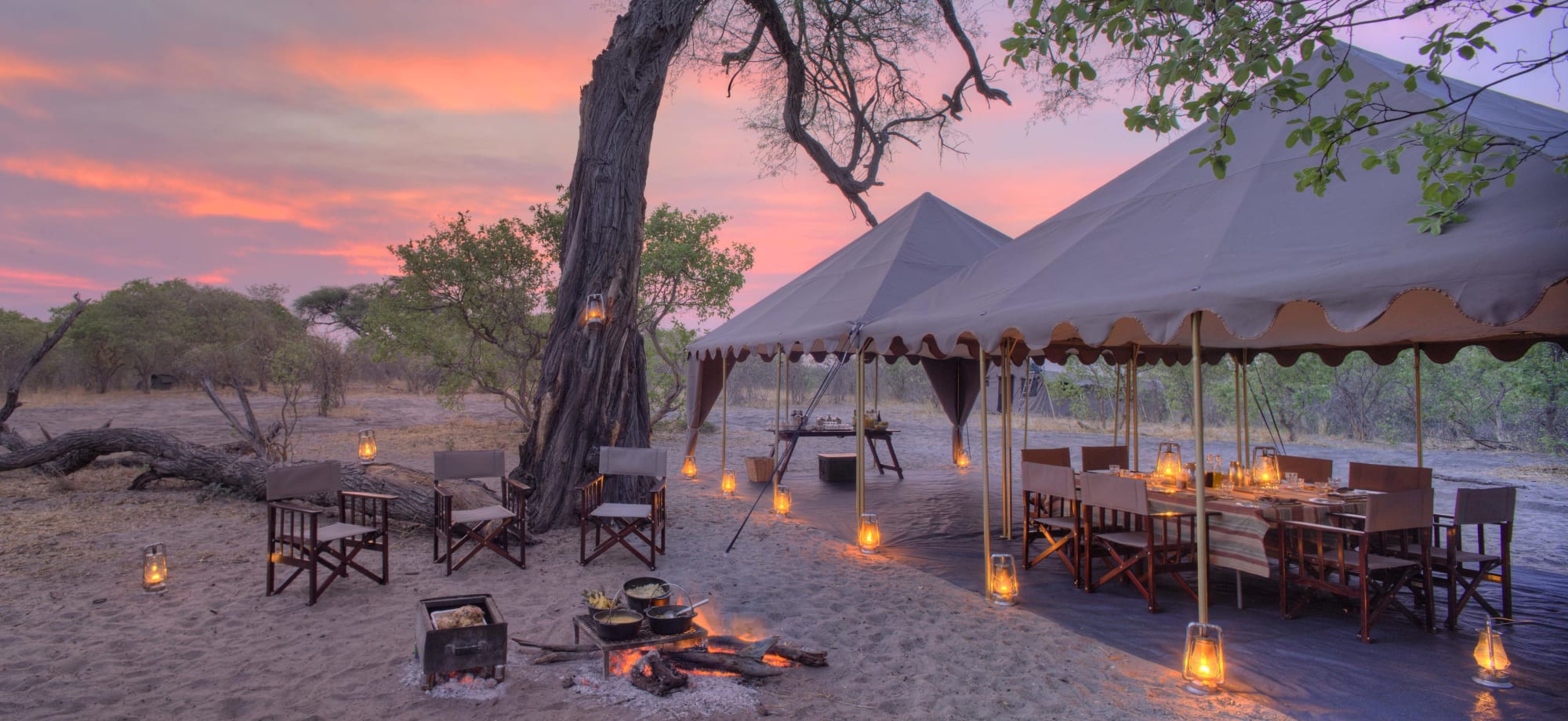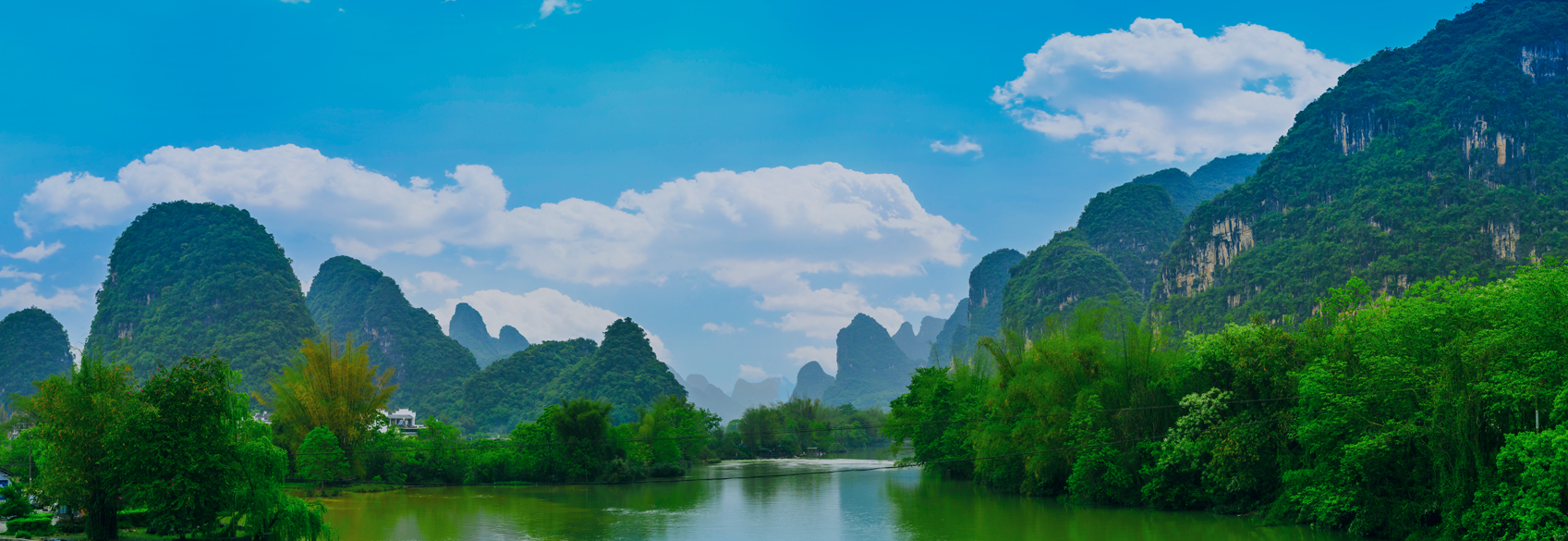Pangolin Photo Camp
Plan My Trip
Why We Love It
Even for those with just a passing interest in photography are going to get a lot out of these camps and being able to use the camp’s cameras and lenses makes it even more accessible to every traveller.
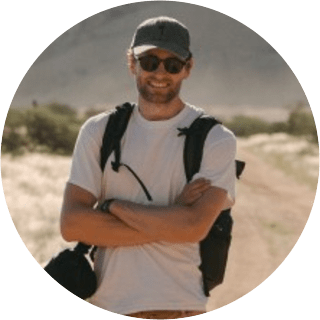
Luxury Travel Specialist
Cost Per Night : £ £ £ £
Perfect For : Couples & Adults
All of our itineraries are shown for inspiration!
Wayfairer trips are personally tailor-made for you by our Luxury Travel Specialists. Get in touch to start planning your dream trip today.
Hosted by a dedicated photographic guide, this rustic camp is all about photography and exploring a prime area of the Okavango Delta
New for 2021 is the semi-mobile Pangolin Photo Camp, a seasonal camp open between March and November on the NG16 private concession in the north-east of the Okavango Delta.
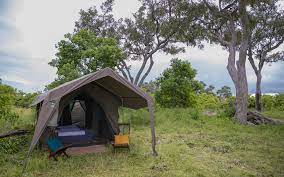
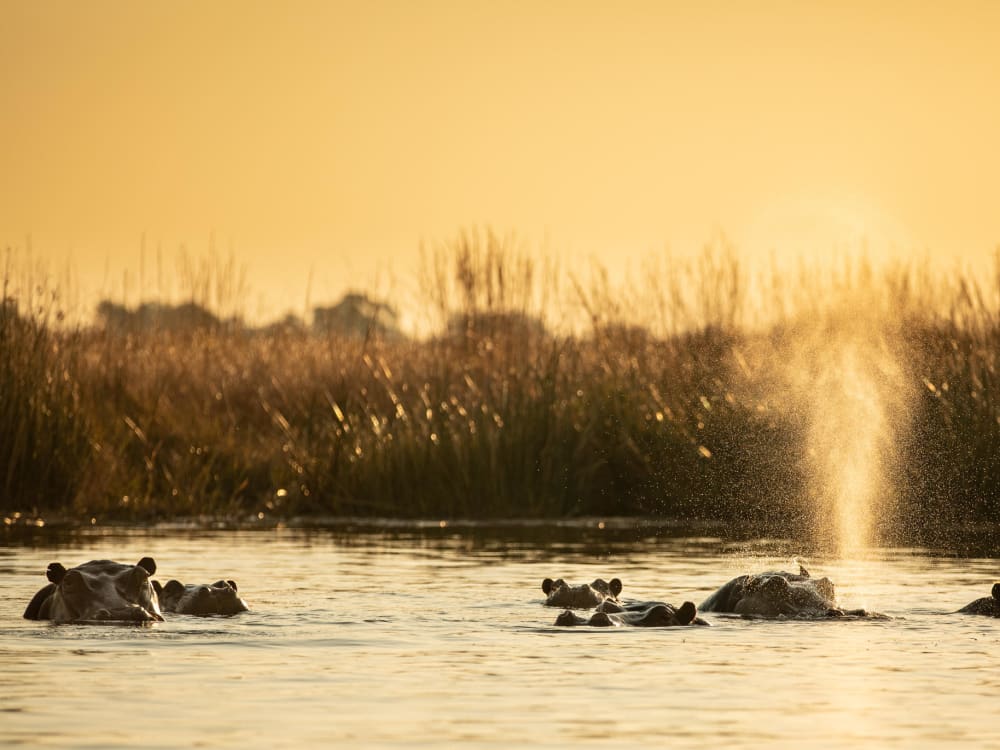
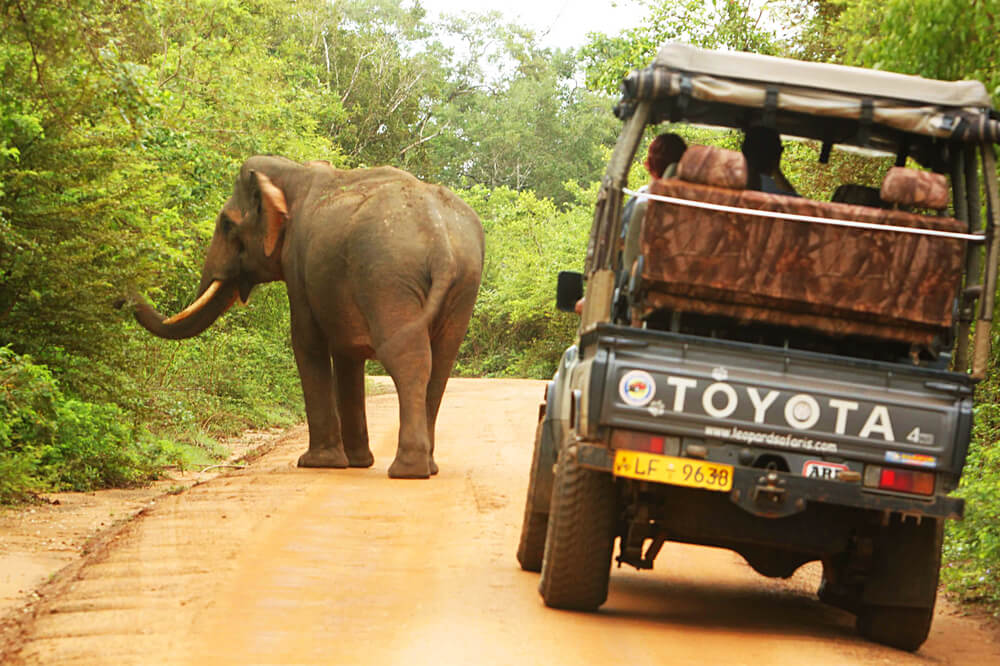
Your expert photographic guide will ensure you capture the magic of your trip



Not only is the photographic focus of this camp something which sets it apart (more to come on that later) the semi-mobile nature brings a real, adventurous, light touch to this camp which we love. The camp, which can cater for a maximum of just eight people will only stay in place for two weeks at a time before moving to another of the seven pitches it has available within the private concession.
Pangolin Photo Camp has 30,000 hectares of a varied environment to explore, consisting of open plains, small stands of woodland and brush, bisected by the Selinda Spillway and other seasonal streams, waterways and lagoons. In our experience this area of the Delta is a particular favourite of wild dogs and a stay here of three or four night gives you a great chance of bumping into a pack or two.
As previously mentioned anyone with photographic tendencies- from a seasoned pro to those who just enjoy taking pictures with their mobile phone is going to love this camp. Not only is it hosted by a specialist photographic guide who is on hand for advice and guidance throughout your stay but there are also cameras, lenses and even a ready supply of memory cards free for all to use. So you don’t even need to have your own equipment to make the most of this camp and the stunning photographic opportunities!
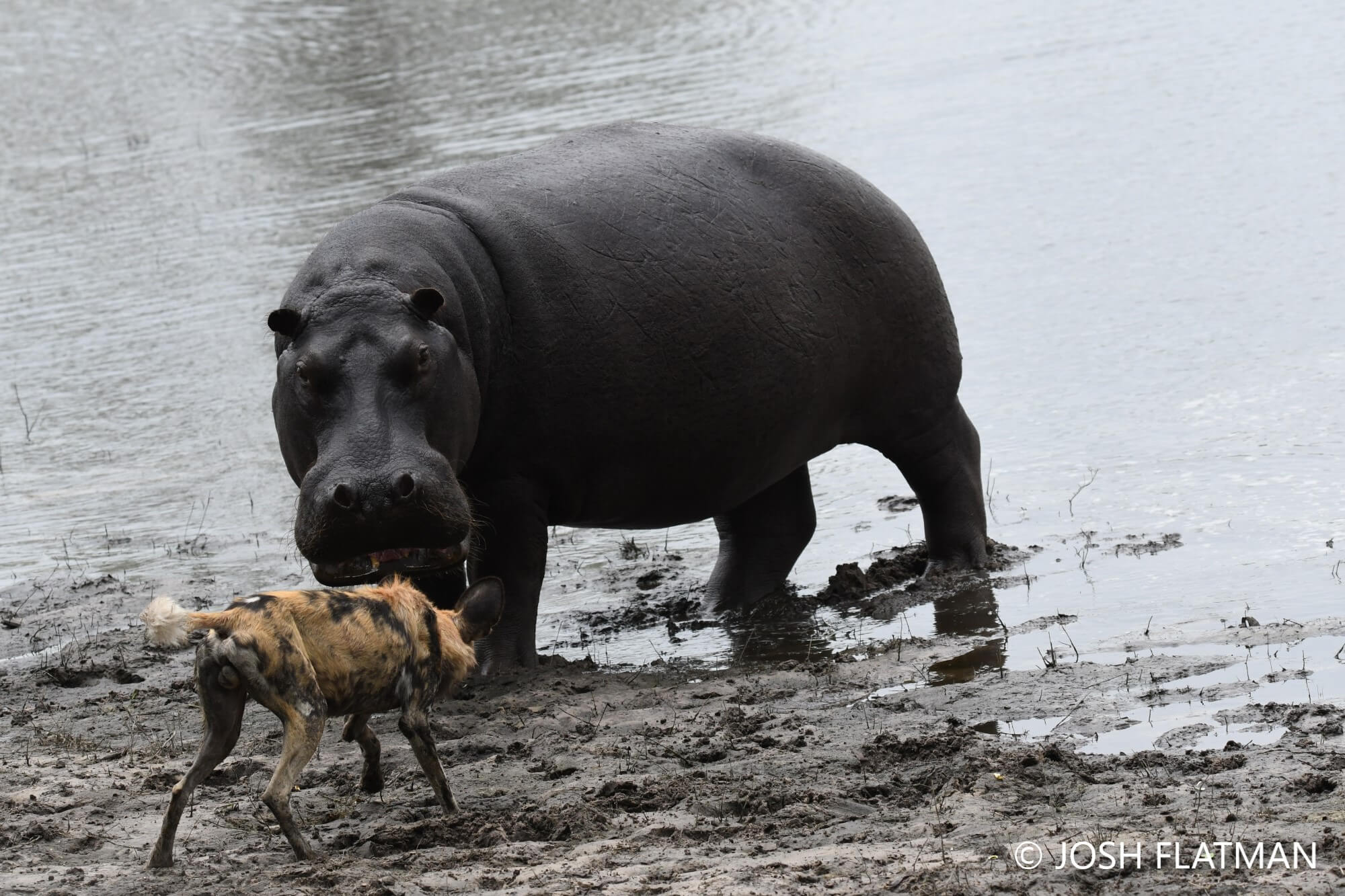
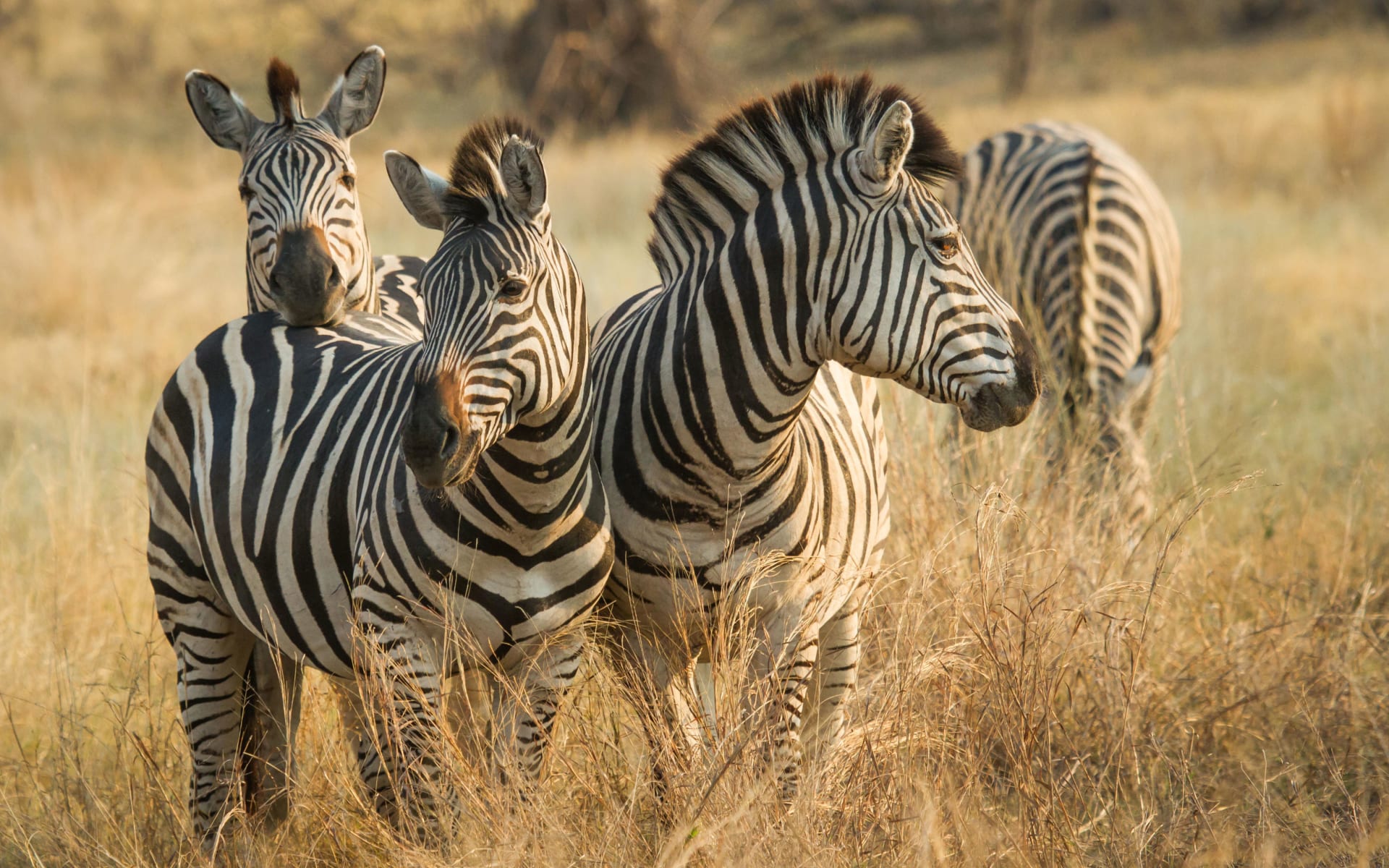
The Camp
This is a small, intimate camp and it only has five rooms, catering to a maximum of eight guests. As this camp is semi-mobile, the tents are fairly rustic and simple in their design but they have everything you will need for a comfortable stay. The tents are Meru in style with two single beds or a double bed, complete with storage areas for your clothes and a small seating area at the front of the room. Towards the back is an ensuite bucket shower, basin and flushing toilet. Solar power in the rooms is also on hand to use for electric lights, charging batteries, a fan and even a CPAP machine if required.
Don’t let the basic nature of the rooms put you off, given the wildlife action on the reserve you are likely to be out on night and day game drives in the specially adapted photographic vehicles most of the time or perhaps relaxing in the central lounge tent or reviewing images in the editing suite.
Plans are also afoot to construct a wildlife hide nearby which will overlook at waterhole, giving the chance for wonderful images of animals as they come to drink.
Facilities
Facilities include a comfortable lounge, firepit and dining area, photo editing suite, access to photographic equipment, guidance, and specially adapted vehicles.
Dining
Dining is normally communal at this small camp and consists of a hot drink and snack before you head out on a game drive. Enjoy a caffeine top up and a rusk during the drive and then a hearty brunch when you arrive back to camp. High tea is served just before you head out again in the afternoon before returning (after sundowners) to camp for dinner.
How this resort makes your trip more responsible
More inspiration from Wayfairer customers and travel specialists
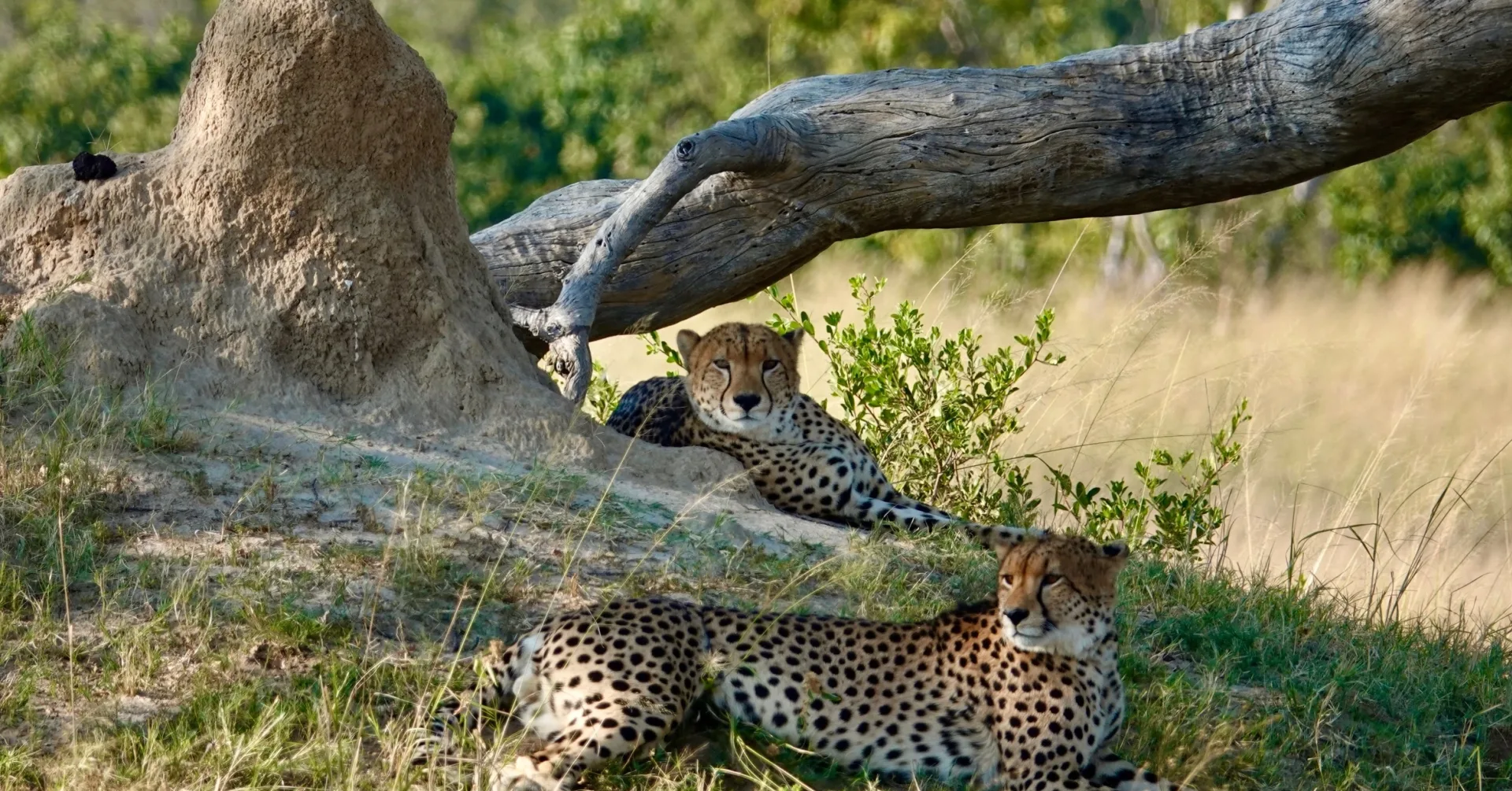
Incredible Places to Stay While on Safari in Zimbabwe
By Leonie Taylor
January, 31, 2024
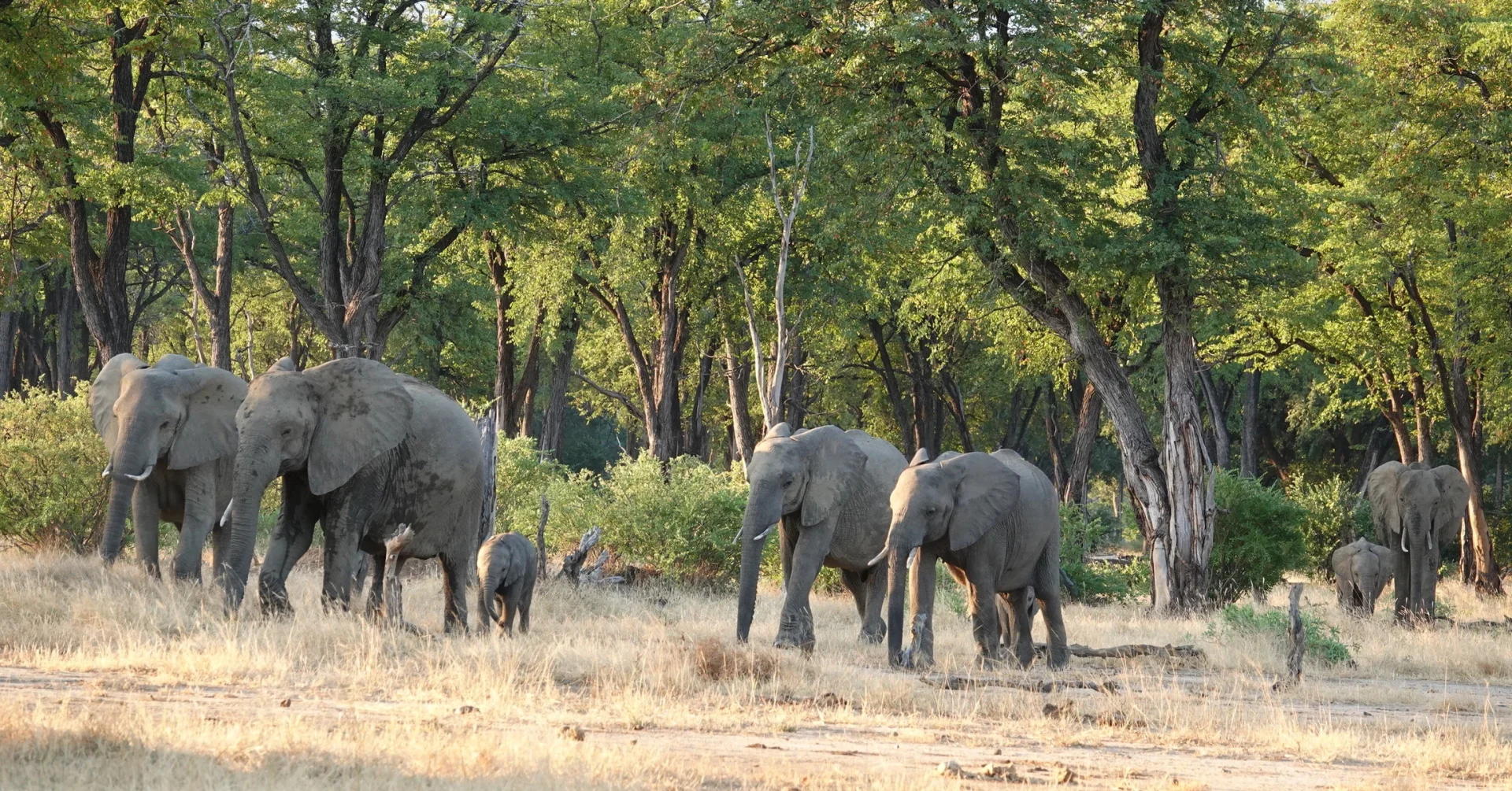
Discovering the Wonders of Zimbabwe on a Two-Week Safari
By Leonie Taylor
January, 31, 2024
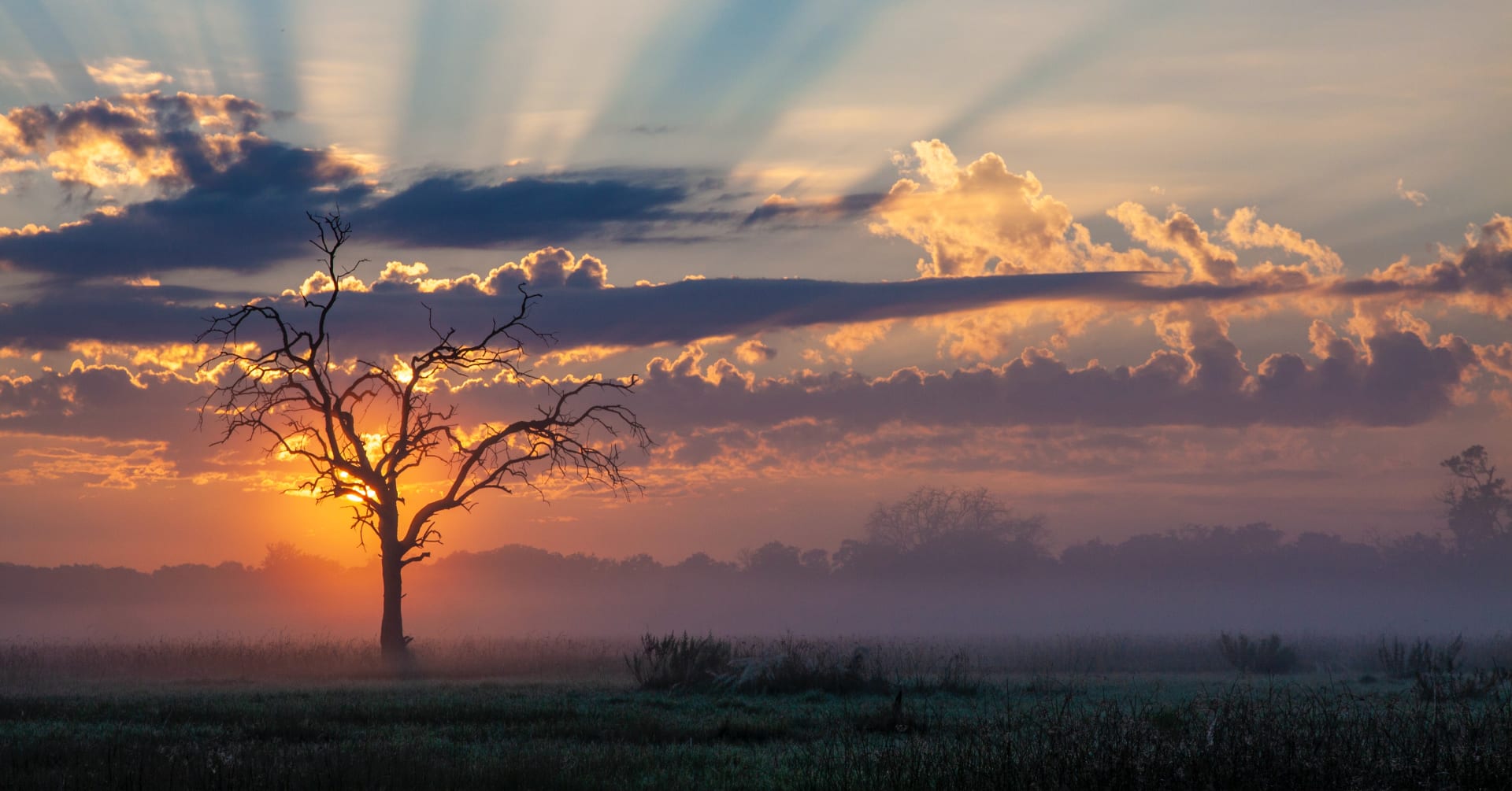
Botswana Safari: Where to go, where to stay and what to see
By Ruth
December, 23, 2023
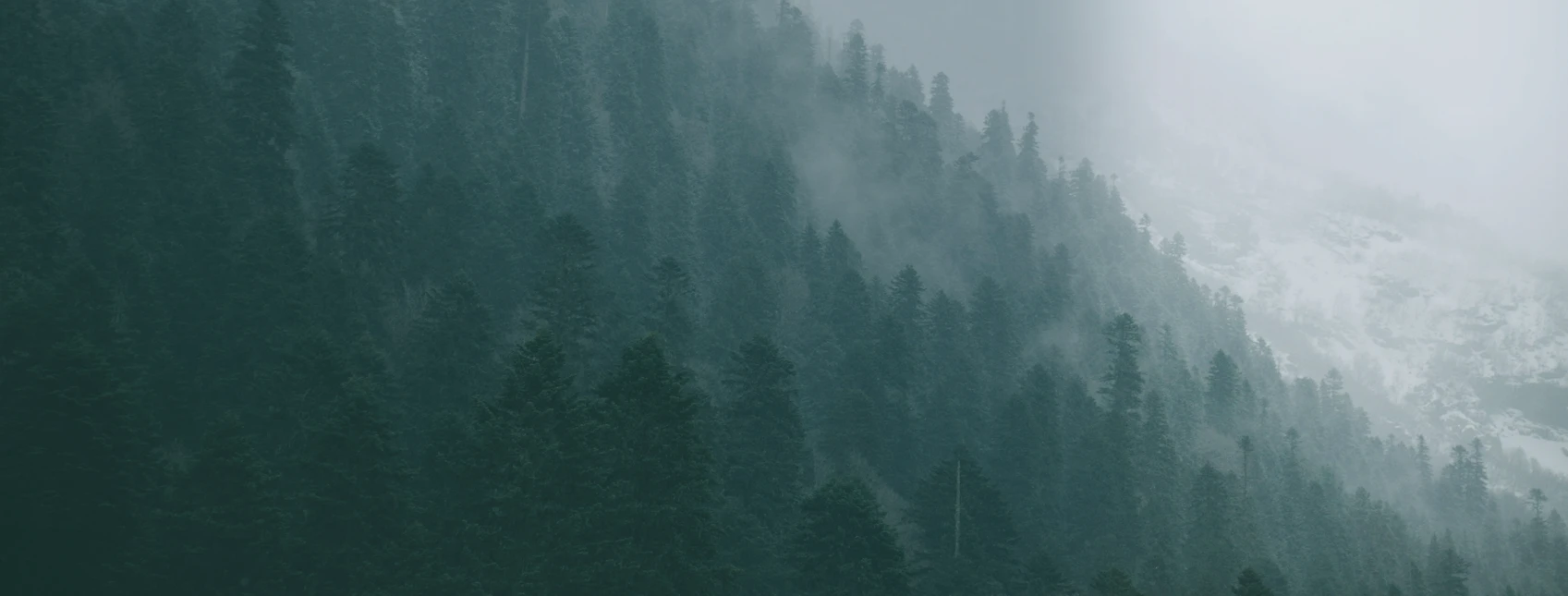
Sign up to our newsletter
For more travel inspiration delivered straight to your inbox just fill in your details here


